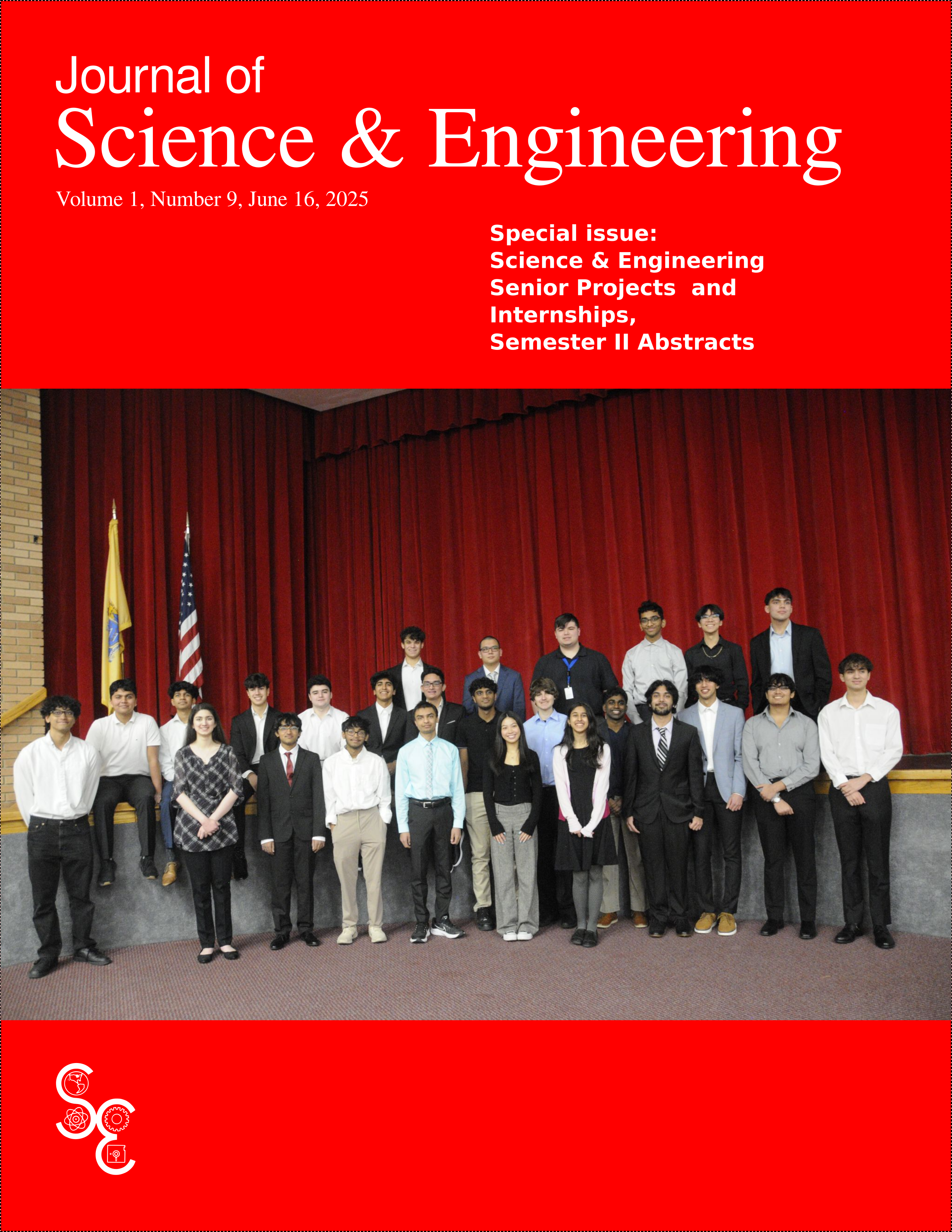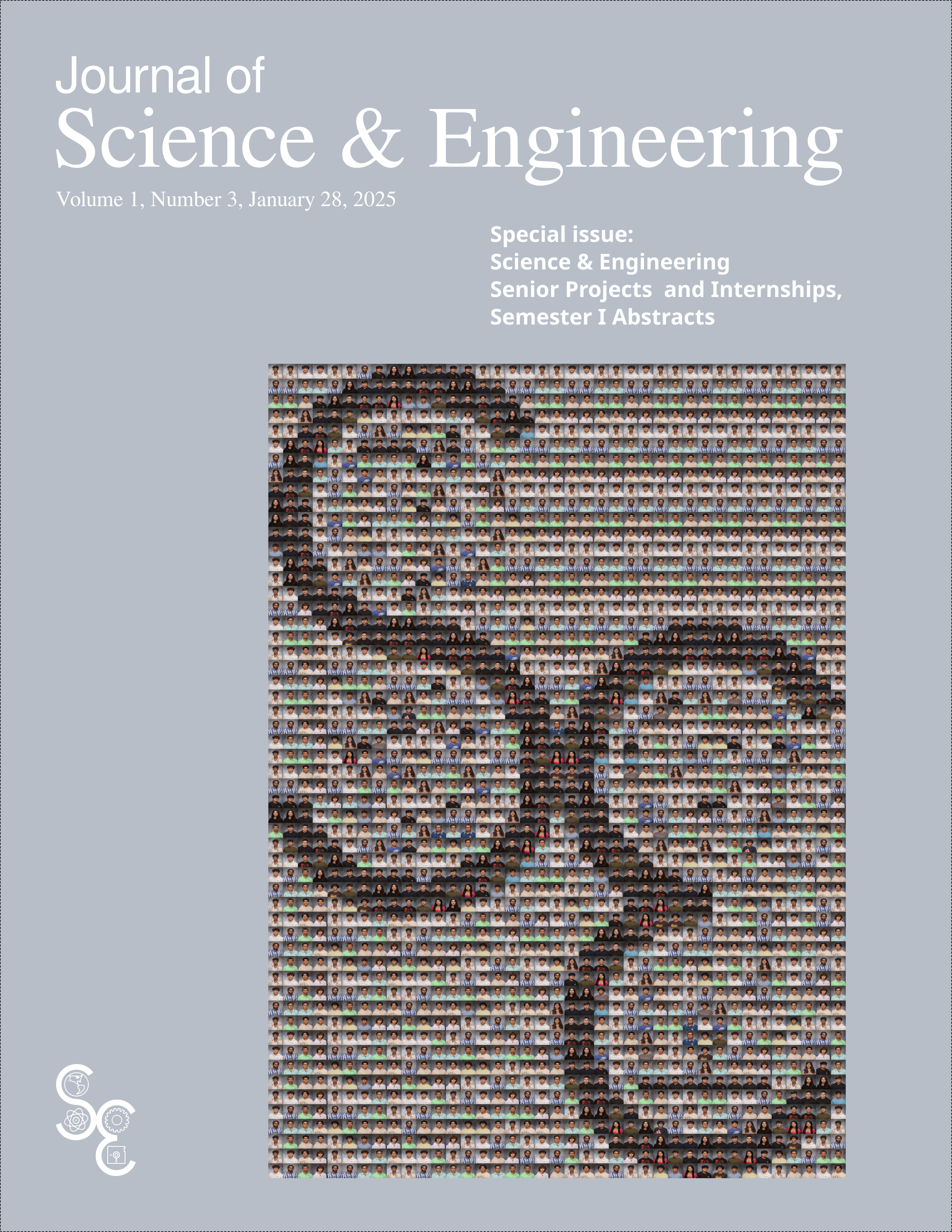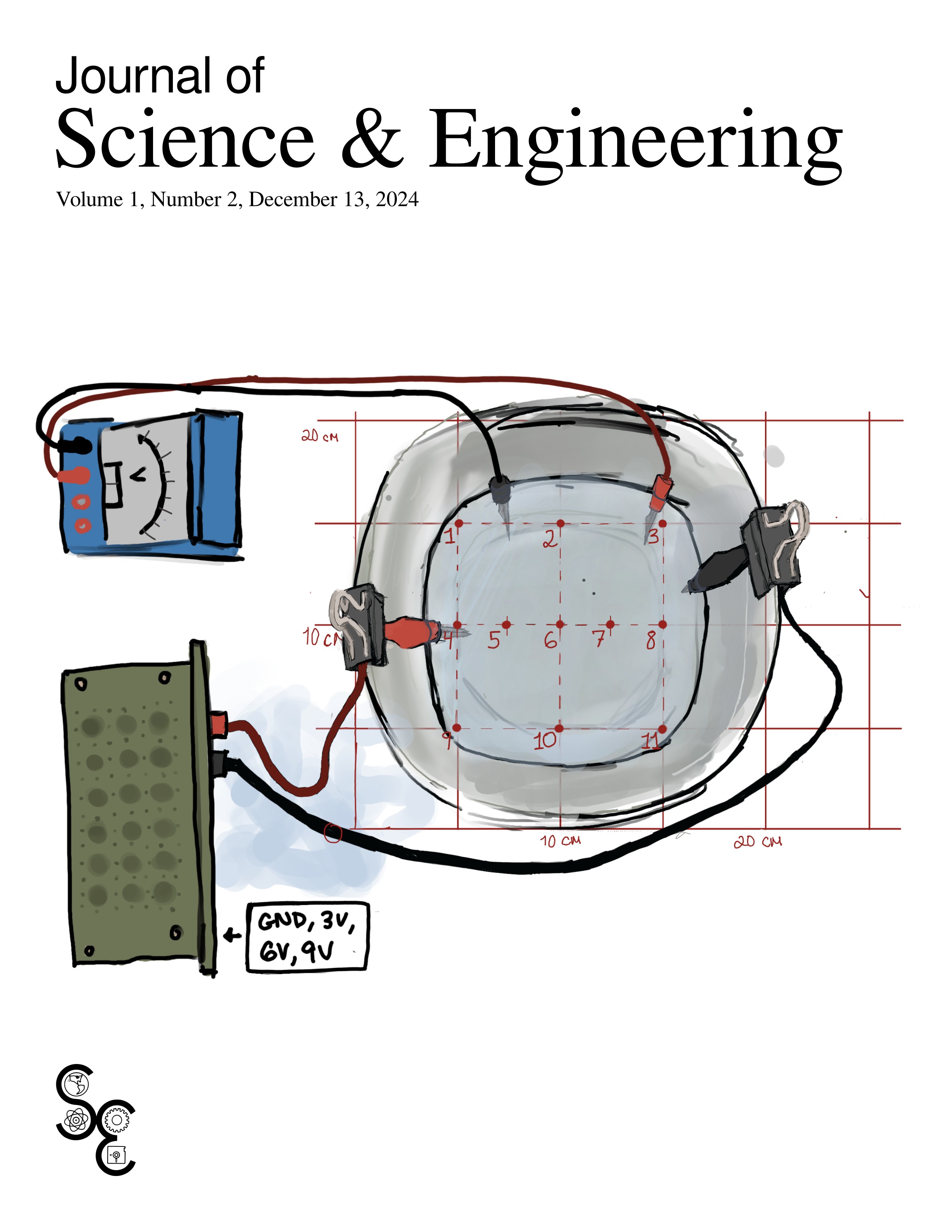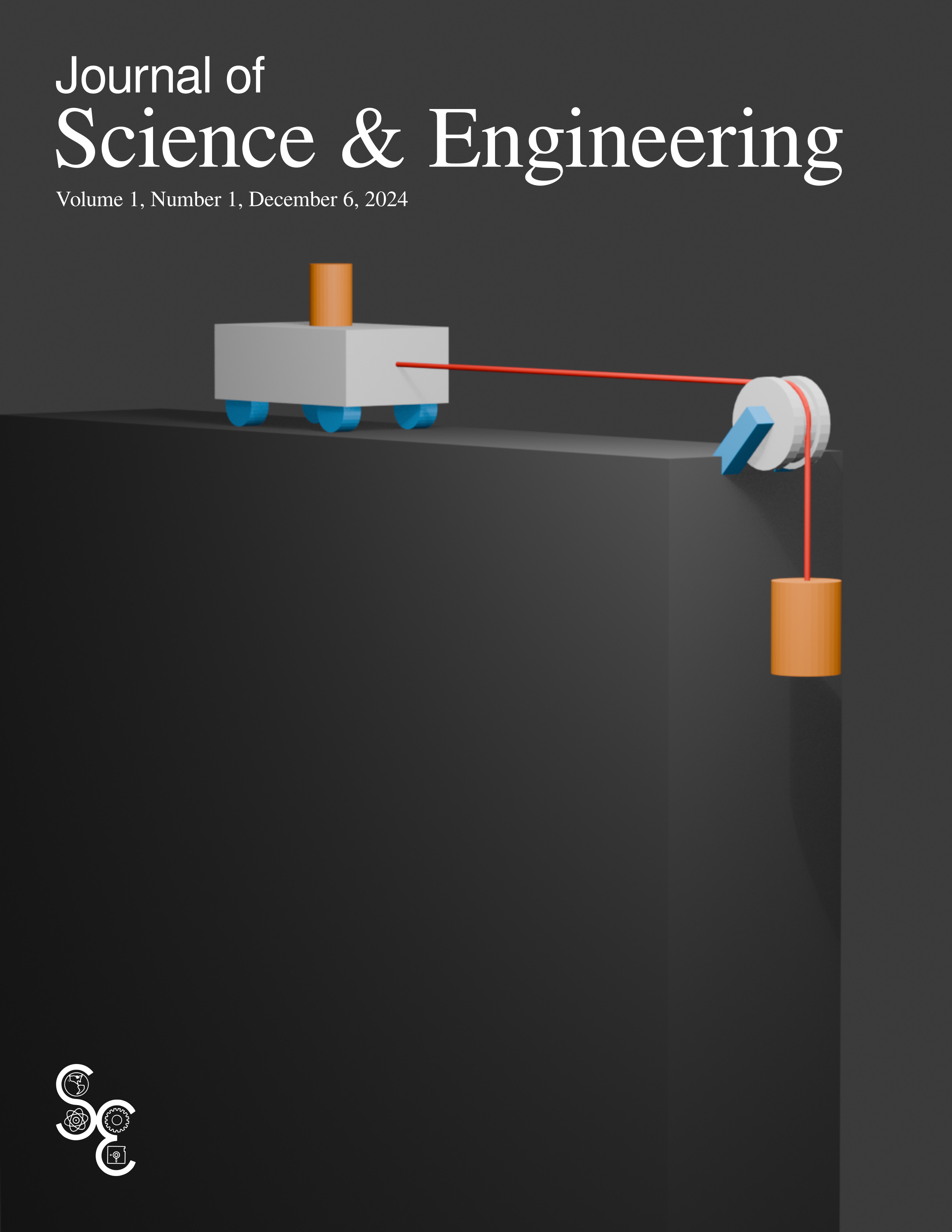Archives
-

Science and Engineering Senior Projects and Internships, Semester II, 2025-06-16
Vol. 1 No. 9 (2025)From the cover: Since 1989, seniors in the Science & Engineering Program have done two senior projects per year; one in the fall and one in the spring. These are the proceedings of the 73rd semiannual Science & Engineering Senior Project and Internships; June 16 in the Main Auditorium, Manalapan High School, Englishtown, NJ 07726, USA. Thank you to our partners, parents, and supporters, school administration, classmates, and teachers. Cover image depicts the Science & Engineering Class of 2025.
-

Science and Engineering Senior Projects and Internships, Semester I, 2025-01-28
Vol. 1 No. 3 (2025)From the cover: Since 1989, seniors in the Science & Engineering Program have done two senior projects per year; one in the fall and one in the spring. These are the proceedings of the 72nd semiannual Science & Engineering Senior Project and Internships; Jan 28 in the Main Auditorium, Manalapan High School, Englishtown, NJ 07726, USA. Thank you to our partners, parents, and supporters, school administration, classmates, and teachers. Cover image depicts a photomosaic of the Science & Engineering Class of 2025.
-

Vol. 1 No. 2 (2024)
From the cover: The electric potential, a scalar quantity, can be visualized by drawing equipotentials; isolines or level curves in which potential is a constant. The electric field, a vector field, points in a direction perpendicular to the equipotentials, down the gradient. These physics concepts might be important to consider when designing equipment that makes use of electric fields, such as in a low-cost gel electrophoresis rig. Here, researchers consider this problem. Electrophoresis is a technique where molecules can be sorted according to their charge and size. By characterizing the field and equipotentials within a prototype device, one could eventually predict the movement of various biomolecules of interest, such as fragments of DNA cut into parts at specific nucleotide sequences by restriction enzymes. Cover image: Pooja Thaker.
-

Vol. 1 No. 1 (2024)
From the cover: Newton's second law relates force, mass, and acceleration and is often written as F = ma. In this special issue of Journal of Science & Engineering, researchers considered the validity of Newton's second law. Cover image: Rishith Kilaru. "The cover image is based on the lab setup commonly used in the experiments: a cart on a track connected to a weight by a string that rested on the pulley, but in a simplified style."




